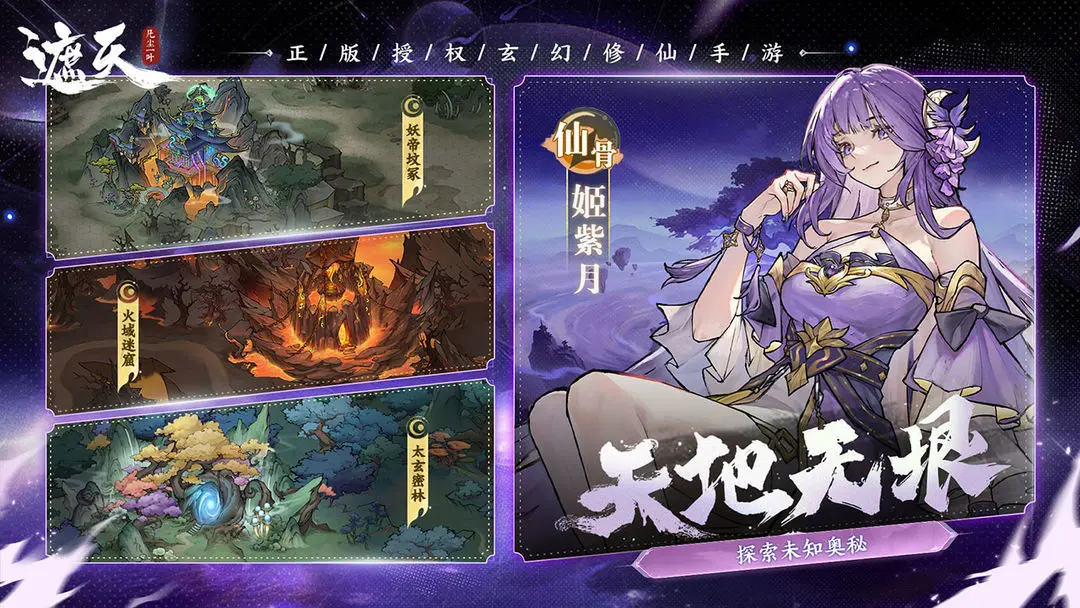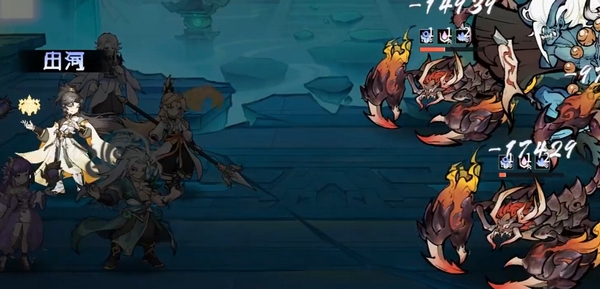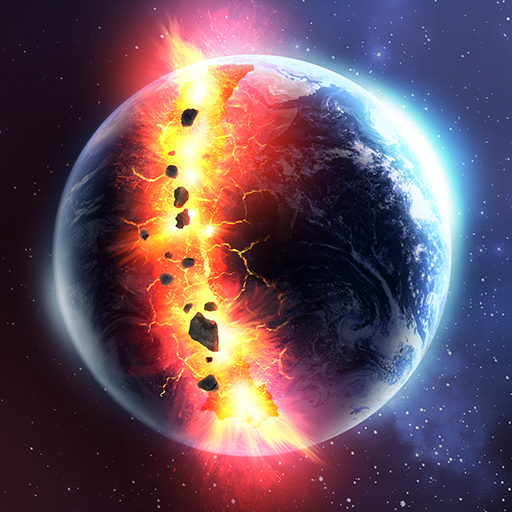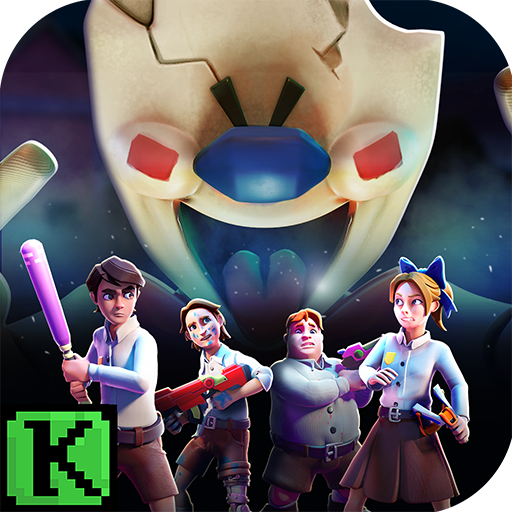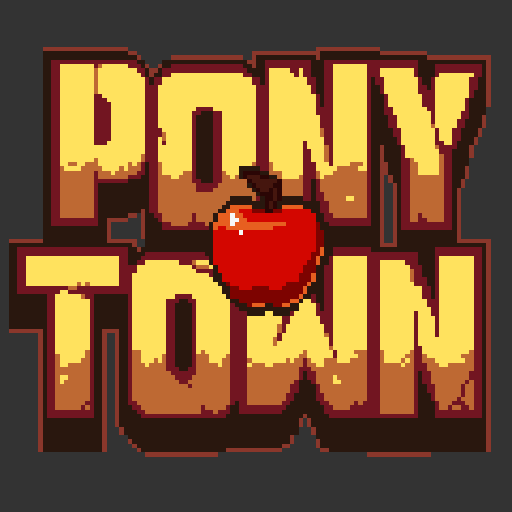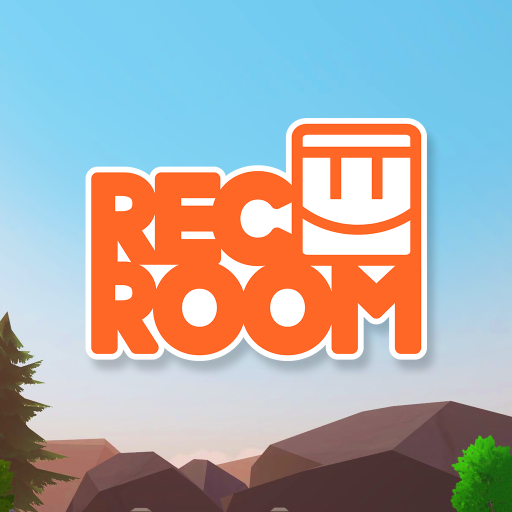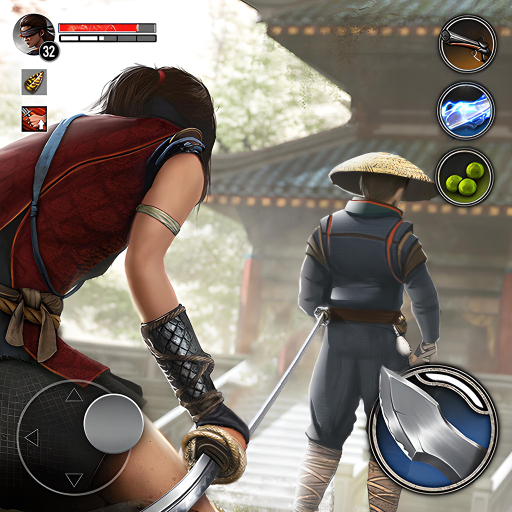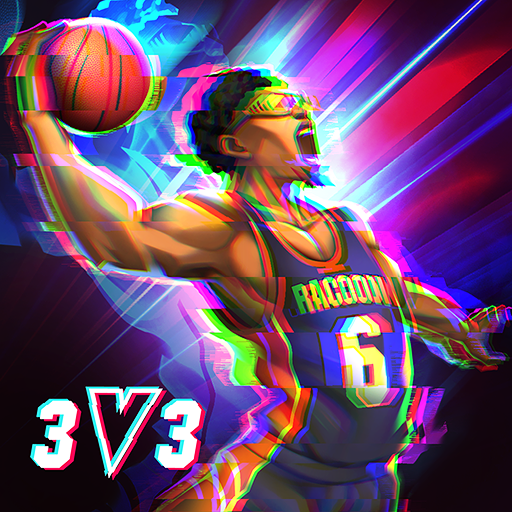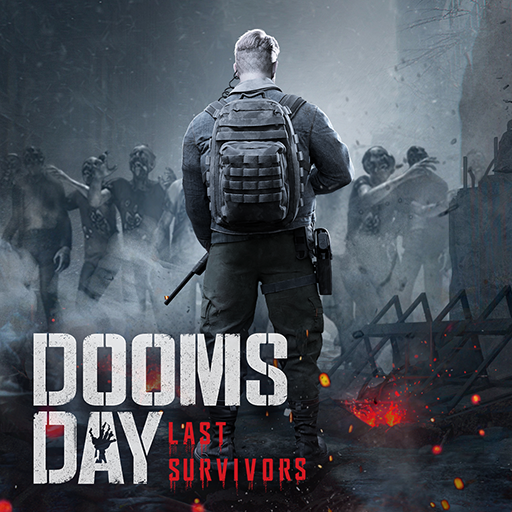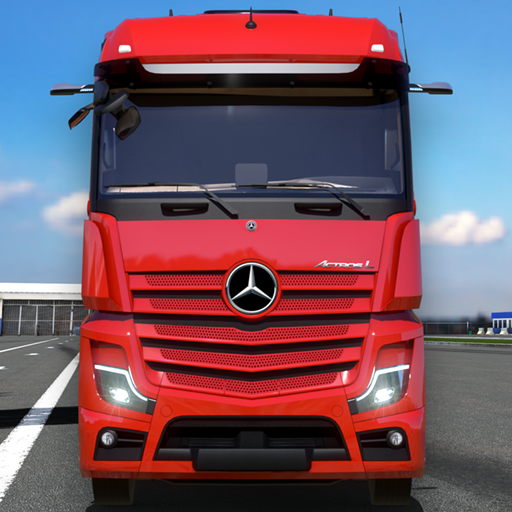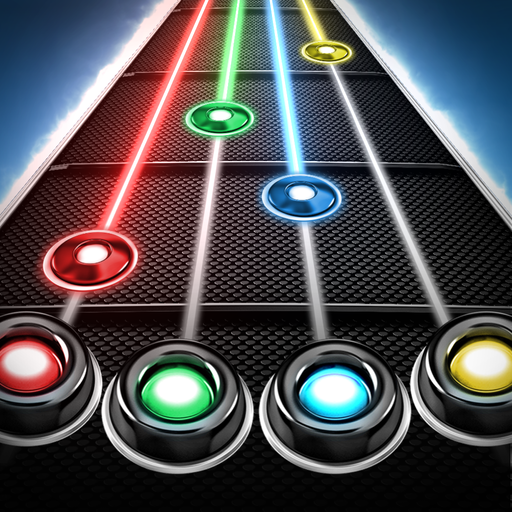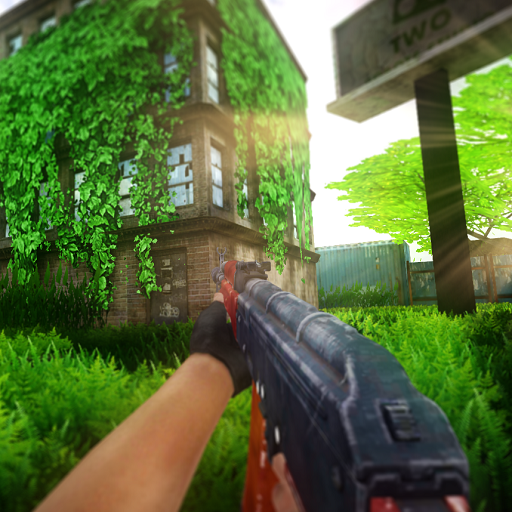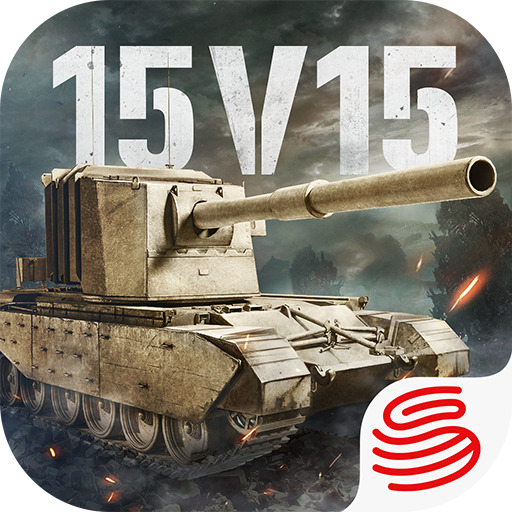This map mainly features scenes with changes in light and shadow, creating a realistic battlefield. However, when we stand in the dark and set up our guns, the strong sun glare becomes a pain point. How can we adjust the glaring sun in the Battlefield 6 Cairo map? Excessive exposure not only interferes with the aiming view but also may conceal enemy movements, especially during sniping or vehicle combat, directly reducing the survival rate. This article will significantly reduce glare interference by adjusting graphic settings, turning off redundant effects, and optimizing advanced rendering parameters. Let's take a look.
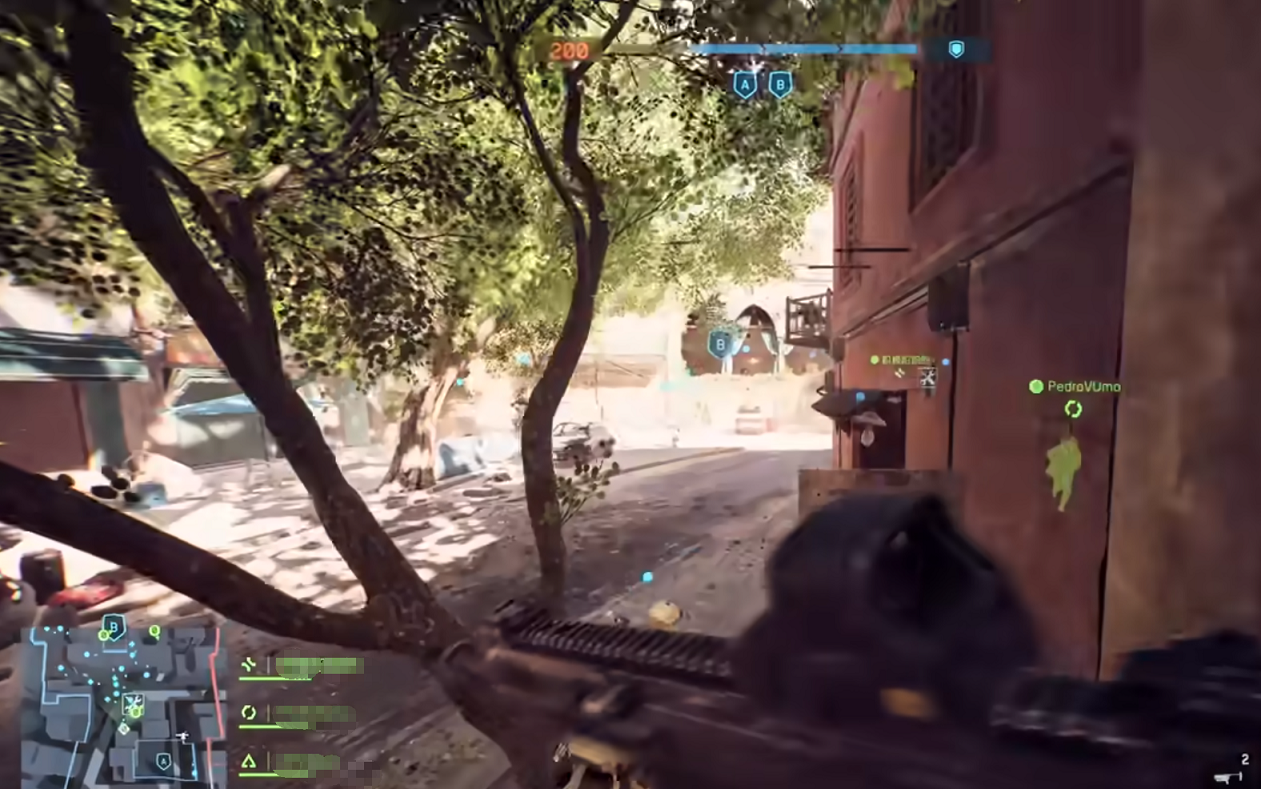
【biubiu Accelerator】Download the Latest Version
》》》》》#biubiu Accelerator#《《《《《
I. Core Visual Parameter Adjustment:
1. Brightness and Field of View Optimization
Brightness: Increase to 60-70 (default 50) to enhance detail recognition in shadow areas and avoid local overexposure caused by strong desert light.
Field of View (FOV):
PC: Set to 105-110, expanding the peripheral field of view to reduce the probability of the sun being centered.
Console: Recommended 90-100, balancing the breadth of the field of view and the visibility of medium to long-distance targets.
Weapon FOV: Choose "Wide" mode (Weapon FOV: Wide), reducing gun model obstruction and increasing the proportion of environmental field of view.
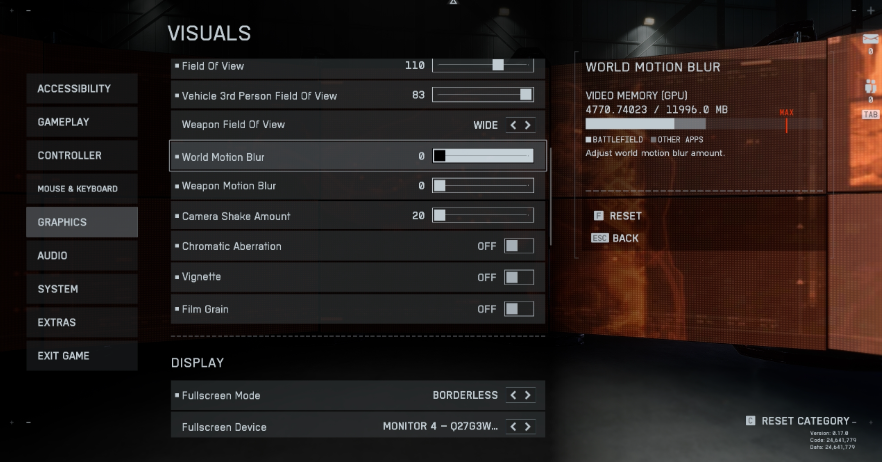
2. Effects Off and Dynamic Suppression
Mandatory Off: Chromatic aberration, vignette, film grain. These three options exacerbate glare diffusion, and turning them off can reduce visual noise.
World/Weapon Motion Blur: Set to 0 to avoid glare trailing when moving.
Camera Shake: Reduce to 10-20 (default 30+), decreasing the lens shake amplitude in sandstorms and maintaining aiming stability.
II. Advanced Rendering Settings:
1. Lighting and Reflection Quality Downgrade
Lighting Quality: Adjust to Low (Low), reducing the global intensity and scattering range of the sun source.
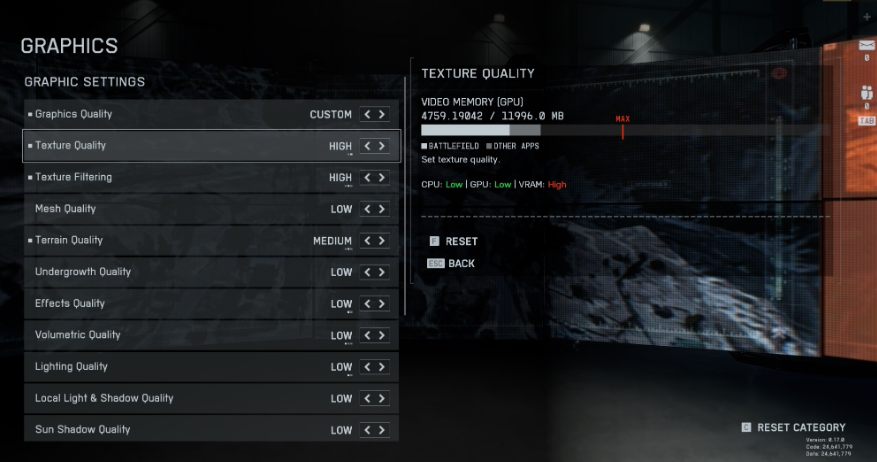
Screen Space Reflections: Turn off, eliminating secondary glare from sand surface reflections.
Volumetric Clouds: Adjust to Low (Low), reducing diffraction glare from cloud layer transmission.
2. Anti-Aliasing and Sampling Technique Selection
Anti-Aliasing: Enable TAA (Temporal Anti-Aliasing), replacing default DLSS/FSR, to reduce flickering at high-light edges.
Ray Tracing: If frame rate drops drastically or glare intensifies after enabling (especially in sandy scenes), it is recommended to turn it off to save GPU resources.
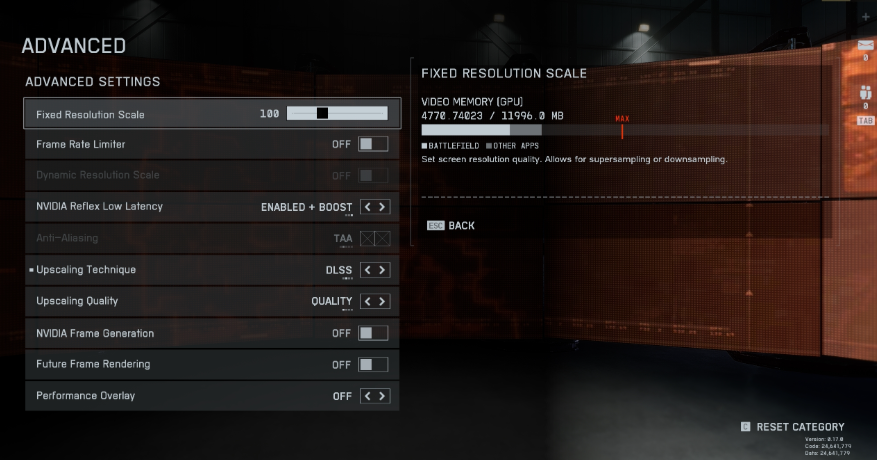
III. Interface and Dynamic Effect Optimization
1. HUD and Reticle Correction
Infantry Reticle Projection: Turn off (Accessibility → Lens Effects) to prevent reticle offset due to strong light when aiming down sights.
Minimap Stabilization: Disable "View Rotation" (Soldier HUD Motion) to avoid interface shaking with character turns, improving tactical information reading efficiency.
2. Post Processing Quality: Set to Low, reducing sudden brightness changes caused by auto-exposure adjustments.
IV. Console-Specific Optimization Solutions
PS5/Xbox Series X|S Settings
Performance Mode: Enable "Performance Preset", prioritizing 60fps+ smoothness, reducing lag caused by glare.
Color Calibration:
Customize Enemy/Ally Colors (e.g., set enemies to bright red) to improve target recognition in the desert.
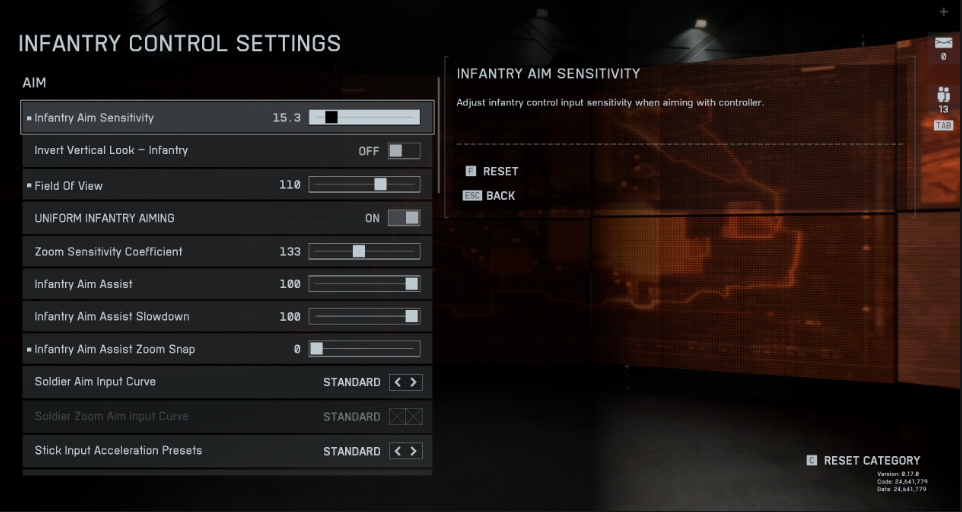
Turn off HDR peak brightness (if TV supports) to limit local overexposure.
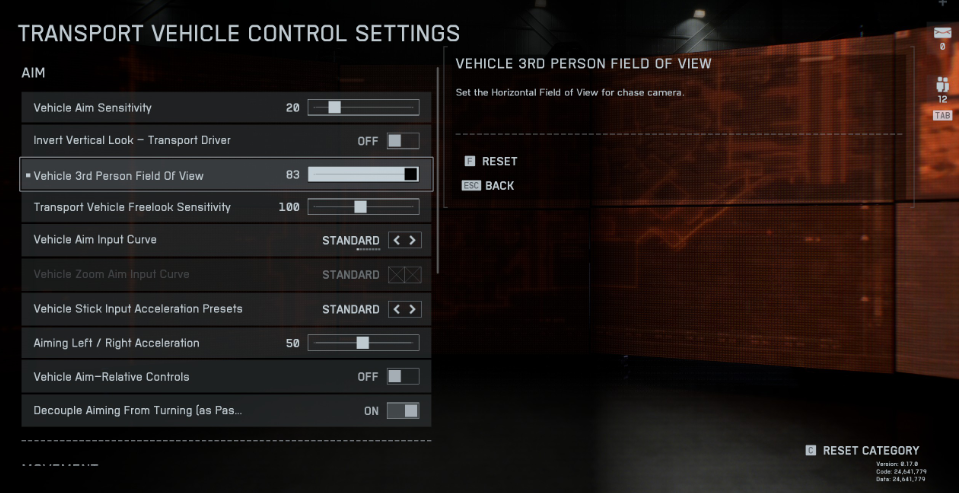
V. Adaptive Strategies for Real Combat Environments
Terrain Utilization: Prioritize backlit cover (ruins, rock shadows) and avoid facing the sun on top of dunes.
Time Avoidance: In-game "noon" period (11:00-14:00) has the strongest glare; switch to morning/evening missions (e.g., "Sandstorm Operation" dawn mode).
Vehicle View: Switch to first-person view when driving a tank to reduce third-person wide-angle lens glare diffusion.
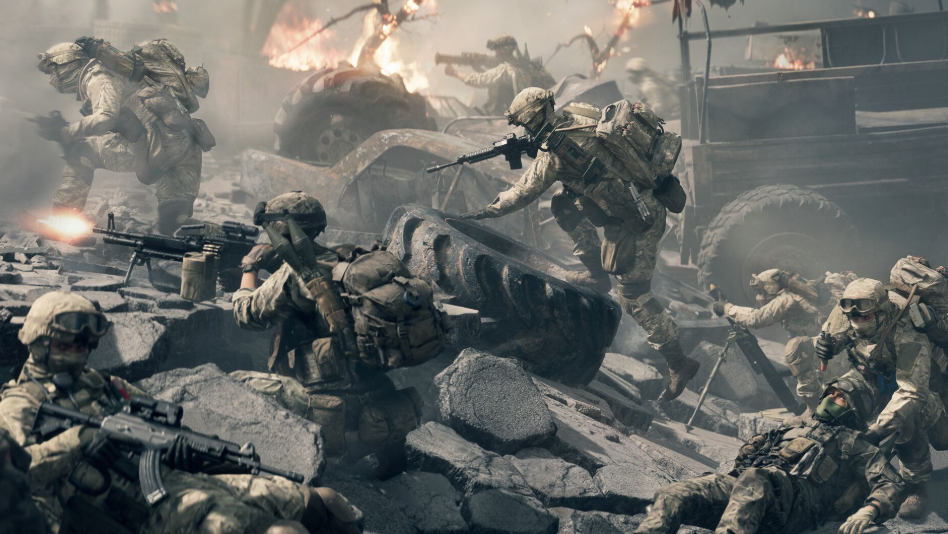
In summary, the sun glare issue on the Cairo map is essentially the result of the interaction between the dynamic lighting system of Battlefield 6 and the high-reflective environment of the desert. Through a layered optimization strategy—basic parameters (brightness/FOV expansion), effect suppression (chromatic aberration/motion blur off), and advanced rendering (lighting downgrade + reflection off)—players can significantly improve visual clarity while avoiding frame rate loss. Key adjustments such as increasing brightness to 60-70, turning off chromatic aberration and vignette, and widening FOV to 105+ have been verified by multiple platforms as effective means against strong desert light.
Key Setting Comparison Table:
Parameter | Recommended PC Value | Recommended Console Value |
Brightness | 60-70 | 60+ (TV/Monitor) |
FOV (Field of View) | 105-110 | 90-100 |
Motion Blur | Off | Off |
Lighting Quality | Low | Low (Performance Mode) |
Anti-Aliasing | TAA | TAA (Default) |
Of course, if you encounter lag or other issues in the game, you might want to use biubiu Accelerator. This tool has been upgraded with a powerful update, this time in collaboration with CS:GO champion Aixleft, and the Pallas Engine 3.0 reduces latency to the minimum! Not only that, during the testing phase of Battlefield 6, biubiu is offering free acceleration, and they are also giving away daily early access codes. Now, by entering the code 【biubiu no disconnection】, you can get 72 hours of free service, and new users will receive an additional 24 hours upon their first registration, totaling 96H of free play! Whether it's the snowy mountains or Cairo, network lag? It doesn't exist! Hurry up and team up with your friends, missing out on this deal would be a real loss.

Finally, it should be noted that hardware differences may require slight adjustments to the solution: PC players can rely on TAA anti-aliasing to balance quality and performance (turn off ray tracing); console users should lock in performance mode and enable enemy and ally color identification. In the long term, the development team may optimize the desert lighting algorithm through patches, but for now, combining environmental strategies (backlit movement, time avoidance) and setting adjustments remains the core solution to dealing with glare. If the problem persists, check the driver version (such as Adrenalin 25.8.1 or NVIDIA 555.xx) and VRAM usage to avoid rendering anomalies due to underlying compatibility issues. The ultimate goal is to transform natural light effects from an interference into a tactical element without sacrificing battlefield information.
